See Bolivian farmers harvesting 'golden food'
From April to June, Bolivian farmers harvest 'golden food', which has a high export value.
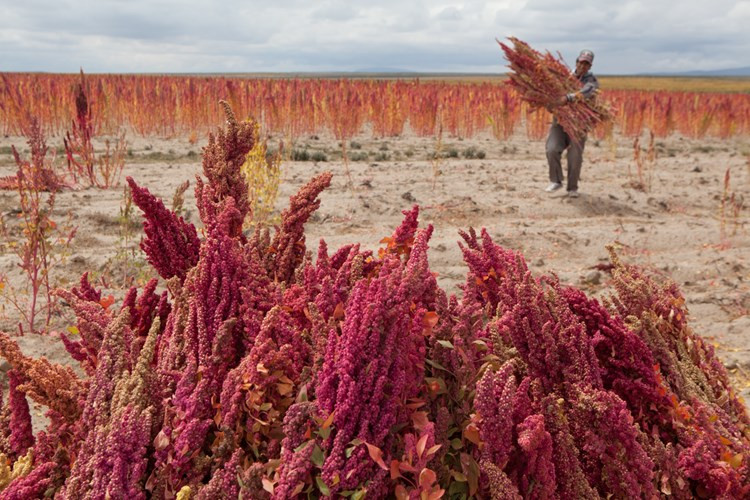
Quinoa is considered a "golden food" because of its nutritional values as well as its ability to adapt to the environment.In the picture is a scene of Bolivian farmers harvesting matches.(Photo: Al Jazeera).
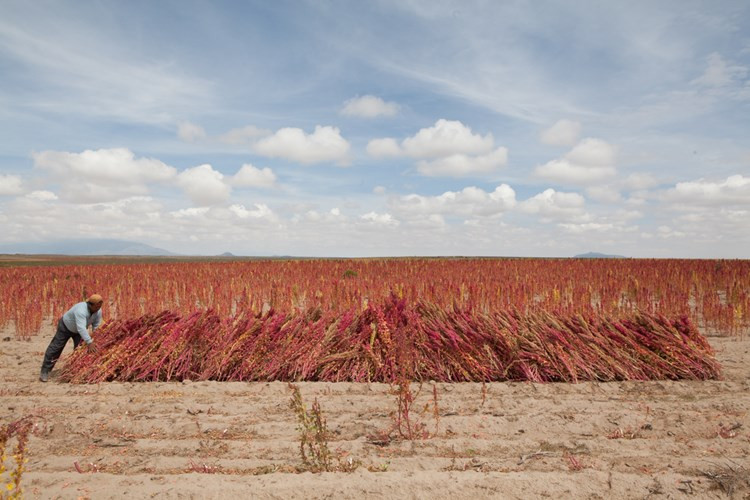
Unlike many other agricultural crops, the advantage of quinoa is that it can live in arid conditions, drought, or salinity, etc. (Photo: Al Jazeera).
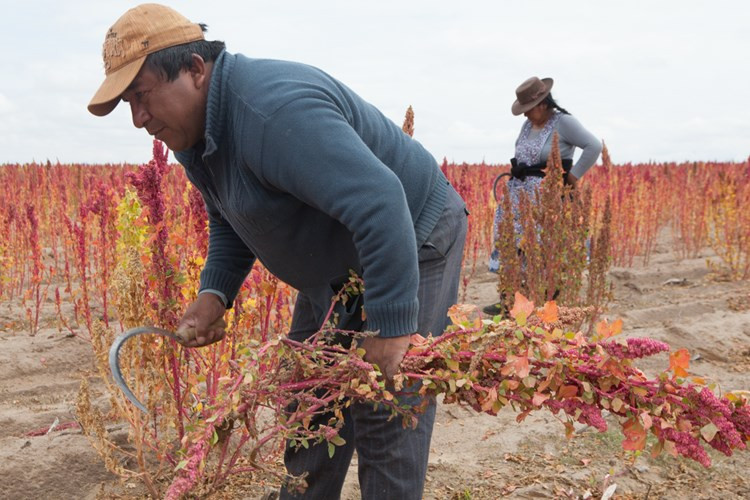
In Bolivia, quinoa seeds are favored for the mother name of the seed series.In recent years, the price of this grain has tripled due to rising demand.In the picture is Victor Choquetopa, the former mayor of Salinas de Garci Mendoza, who is harvesting brimstone on his vast field.(Photo: Al Jazeera).
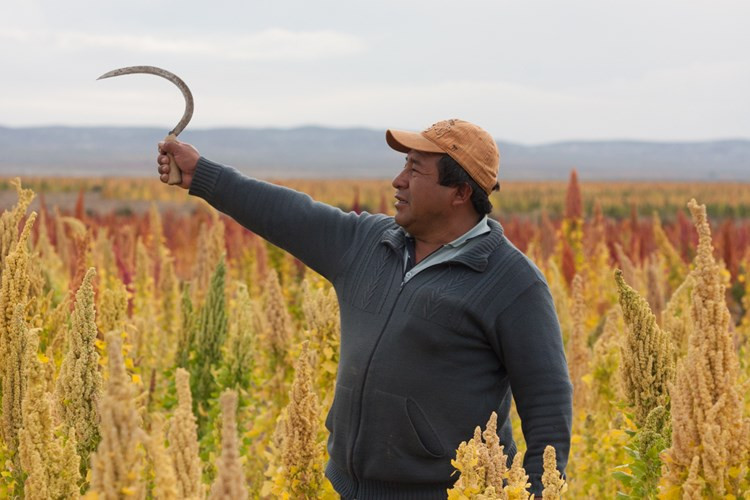
Salinas de Garci Mendoza is Bolivia's largest producer of animal feed and is also called "Capital of quinoa county".Between April and June, Victor began to harvest quinoa seeds from his 400-hectare field.(Photo: Al Jazeera).
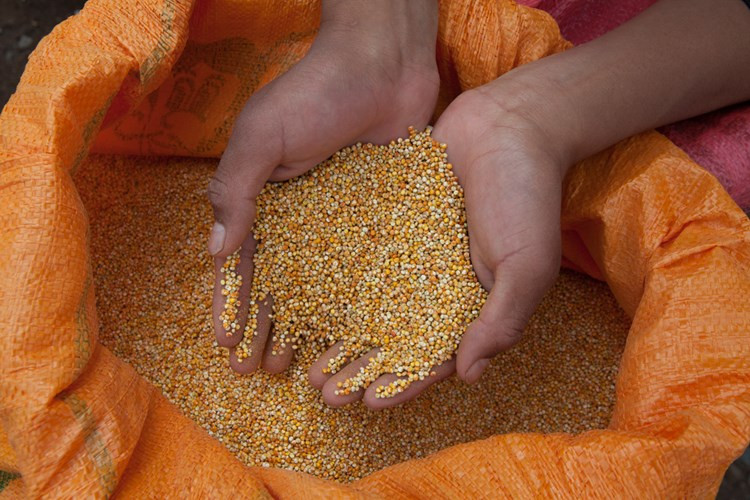
After harvest, the matches will be dried for 3-4 weeks.Finally, the villagers stamped out to remove quinoa seeds from the shell.(Photo: Al Jazeera).
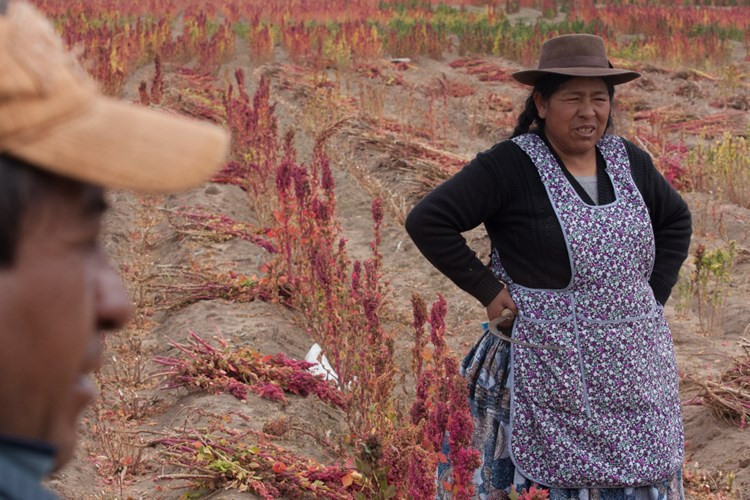
In Bolivia, matches have 22 varieties obtained by breeding or selection.(Photo: Al Jazeera).
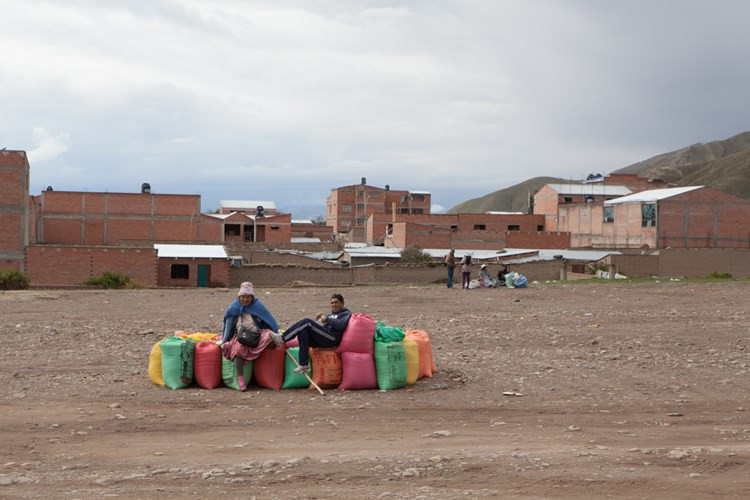
The price of quinoa beans on the market today is 362 USD (equivalent to more than 8 million VND) / 46kg.(Photo: Al Jazeera).

Although Bolivia and Peru have accounted for 92% of quinoa production in the world, now countries such as France, England, Canada and Italy have started growing this "golden food" with high productivity.(Photo: Al Jazeera).

As a cultural symbol of civilizations before the Columbia era, quinoa is thought to have originated from Lake Titicaca some 5,000 years ago.(Photo: Al Jazeera).

The purity of quinoa seeds helped the Tiahuanaco and Incan culture prosper.However, the grain was 'abandoned' after Spain brought wheat and barley to farming.(Photo: Al Jazeera).

For quinoa farmers in Bolivia, problems of drought, freezing, contamination and salinity of the soil are of concern.In addition, quinoa is at risk of being hurt by at least 17 different insect species.

Because of their high nutritional value and the ability to adapt to different climates, scientists believe that quinoa could be the solution to the process of desertification and land degradation due to climate change.(Photo: Telesurtv).

These nuts are considered to be more eco-friendly than other grains, especially those with less protein but are mass produced.(Photo: Telesurtv).

Quinoa is also capable of reducing dependence on other foods such as wheat and rice.(Photo: Telesurtv).

The quinoa field at the harvest in Boliavia.(Photo: Telesurtv).
- 10 golden rules to avoid food poisoning
- Fox and golden falcon
- Bolivian space scientists are trained in China
- Machine farmers will work in the field
- Identity suspect 'speeding' by Golden-i
- Australia tested the world's first mango picking robot
- Improved silo: New technology for preserving agricultural products
- Golden turtle with the ability to
- Potential risk from carrying food
- Russia discovered a golden block of 2,400 years old
- Harvesting and preserving strawberries
- The truth behind the mysterious golden city legend
 The 11 most unique public toilets in the world
The 11 most unique public toilets in the world Explore the ghost town in Namibia
Explore the ghost town in Namibia Rare historical moments are 'colored', giving us a clearer view of the past
Rare historical moments are 'colored', giving us a clearer view of the past The world famous ghost ship
The world famous ghost ship